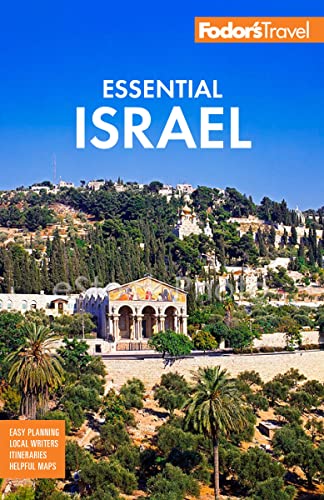Visit Mount Gilboa in February or March, and find yourself surrounded by people enraptured with the delicate purple iris native to these slopes. The views of the valley below and the hills of Galilee beyond are great year-round, but on a clear winter or spring day they're amazing, reaching as far as the snowcapped Mount Hermon, far to the north. Afternoon is the best time to come.
Mount Gilboa—actually a steep mountain range rather than a single peak—is geographically a spur of the far greater Samaria Range (the biblical Mount Ephraim, today the West Bank) to the southwest. Half the mountain has been reforested with evergreens, while the other half has been left in pristine rockiness. Environmentalists prefer the latter, as it protects the wildflowers that splatter the slopes with color every spring. From the gravel parking area off Route 667, easy and well-marked trails wind through the natural habitat of the rare black (actually deep purple) iris, which draws hordes of Israelis every spring.
Three thousand years ago, the Philistines routed the Israelites on Mount Gilboa. Saul, the nation's first king, was wounded and took his own life on the battlefield. The next day, the Bible relates, when the Philistines came to plunder their fallen foes, they discovered the bodies of Saul and his sons. Seeking trophies, "they cut off his head and stripped off his armor, and they fastened his body to the wall of [Beit She'an]" (I Samuel 31). In his eulogy for Saul and his son Jonathan, king-to-be David cursed the battlefield where "thy glory, O Israel" was slain: "Let there be no dew or rain upon you" (II Samuel 1).





